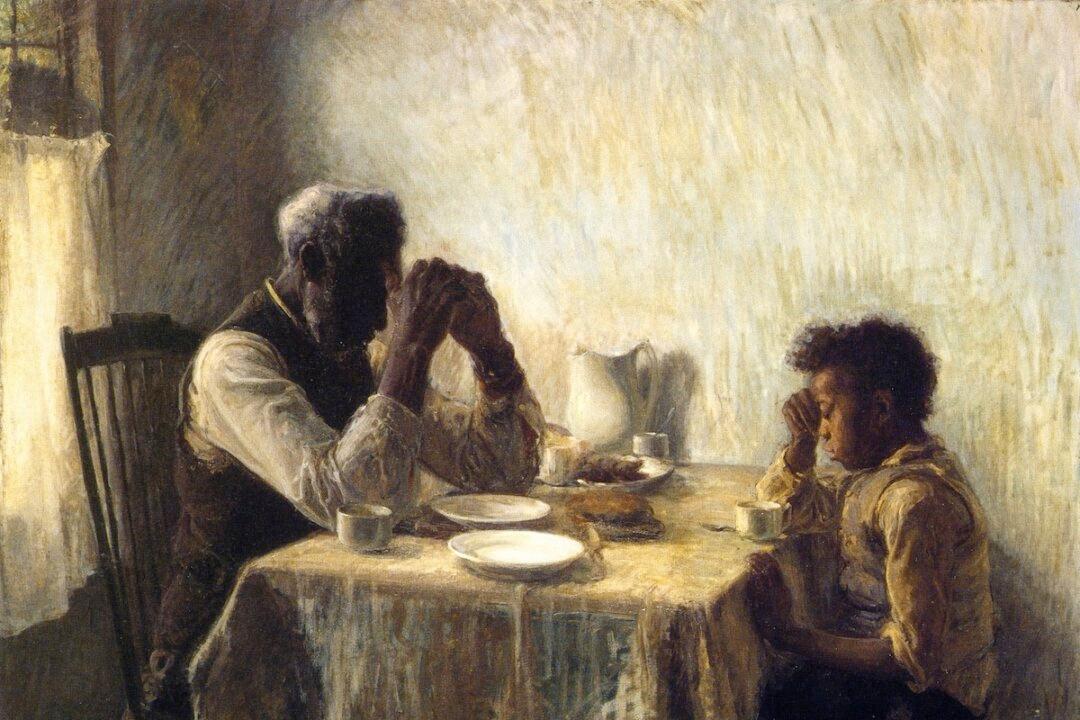Thanksgiving is here, and I’ve been thinking deeply about what it means to be thankful. What does it mean to have gratitude, and for what should we be grateful?
Sometimes, holidays like Thanksgiving can be stressful. For instance, some of us might have to host and cook for our families. Others might have no one to spend Thanksgiving with. Still others may want to avoid divisive political conversations, which some family members instigate at gatherings.





